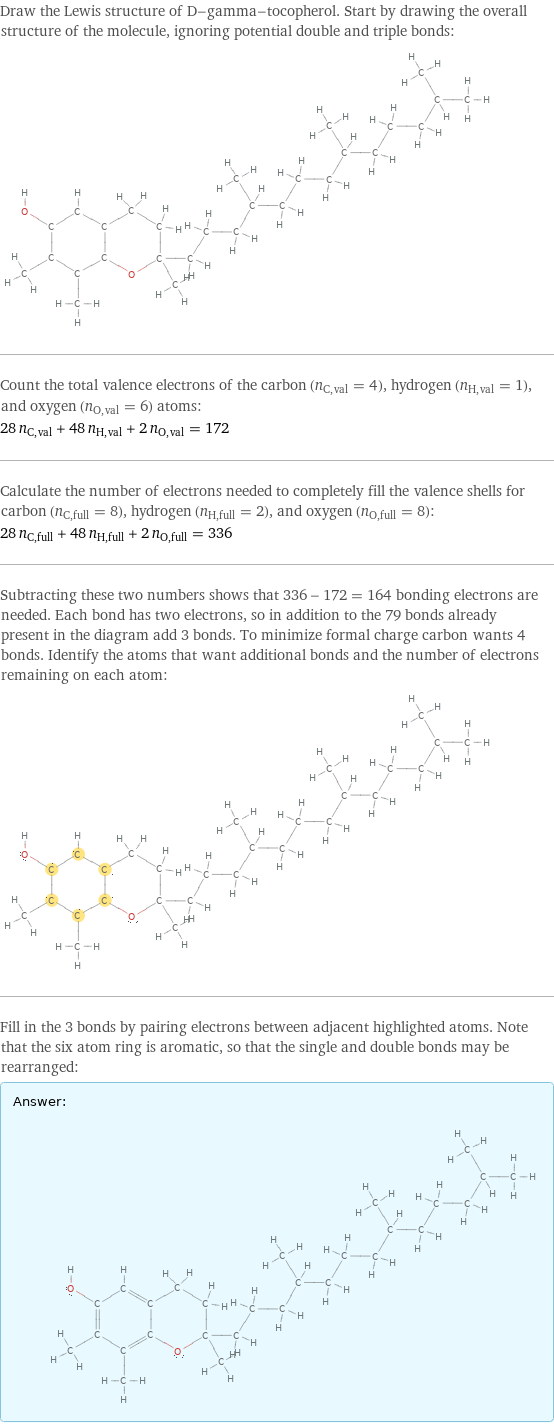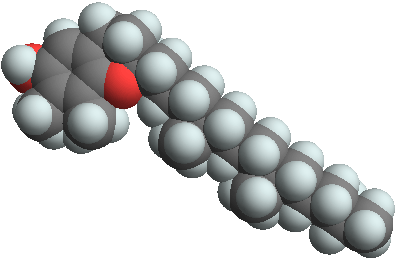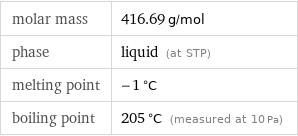Input interpretation

D-gamma-tocopherol
Chemical names and formulas
![formula | C_28H_48O_2 name | D-gamma-tocopherol IUPAC name | (2R)-2, 7, 8-trimethyl-2-[(4R, 8R)-4, 8, 12-trimethyltridecyl]chroman-6-ol alternate names | gamma-tocopherol mass fractions | C (carbon) 80.7% | H (hydrogen) 11.6% | O (oxygen) 7.68%](../image_source/4e76c5ff4d7681bf4de9377bbe593788.png)
formula | C_28H_48O_2 name | D-gamma-tocopherol IUPAC name | (2R)-2, 7, 8-trimethyl-2-[(4R, 8R)-4, 8, 12-trimethyltridecyl]chroman-6-ol alternate names | gamma-tocopherol mass fractions | C (carbon) 80.7% | H (hydrogen) 11.6% | O (oxygen) 7.68%
Lewis structure

Draw the Lewis structure of D-gamma-tocopherol. Start by drawing the overall structure of the molecule, ignoring potential double and triple bonds: Count the total valence electrons of the carbon (n_C, val = 4), hydrogen (n_H, val = 1), and oxygen (n_O, val = 6) atoms: 28 n_C, val + 48 n_H, val + 2 n_O, val = 172 Calculate the number of electrons needed to completely fill the valence shells for carbon (n_C, full = 8), hydrogen (n_H, full = 2), and oxygen (n_O, full = 8): 28 n_C, full + 48 n_H, full + 2 n_O, full = 336 Subtracting these two numbers shows that 336 - 172 = 164 bonding electrons are needed. Each bond has two electrons, so in addition to the 79 bonds already present in the diagram add 3 bonds. To minimize formal charge carbon wants 4 bonds. Identify the atoms that want additional bonds and the number of electrons remaining on each atom: Fill in the 3 bonds by pairing electrons between adjacent highlighted atoms. Note that the six atom ring is aromatic, so that the single and double bonds may be rearranged: Answer: | |
3D structure

3D structure
Basic properties

molar mass | 416.69 g/mol phase | liquid (at STP) melting point | -1 °C boiling point | 205 °C (measured at 10 Pa)
Units

Chemical identifiers

CAS number | 54-28-4 Beilstein number | 93072 PubChem CID number | 92729 SMILES identifier | CC1=C(C=C2CCC(OC2=C1C)(C)CCCC(C)CCCC(C)CCCC(C)C)O InChI identifier | InChI=1/C28H48O2/c1-20(2)11-8-12-21(3)13-9-14-22(4)15-10-17-28(7)18-16-25-19-26(29)23(5)24(6)27(25)30-28/h19-22, 29H, 8-18H2, 1-7H3/t21-, 22-, 28-/m1/s1 EU number | 200-201-5
Safety properties

flash point | 93 °C